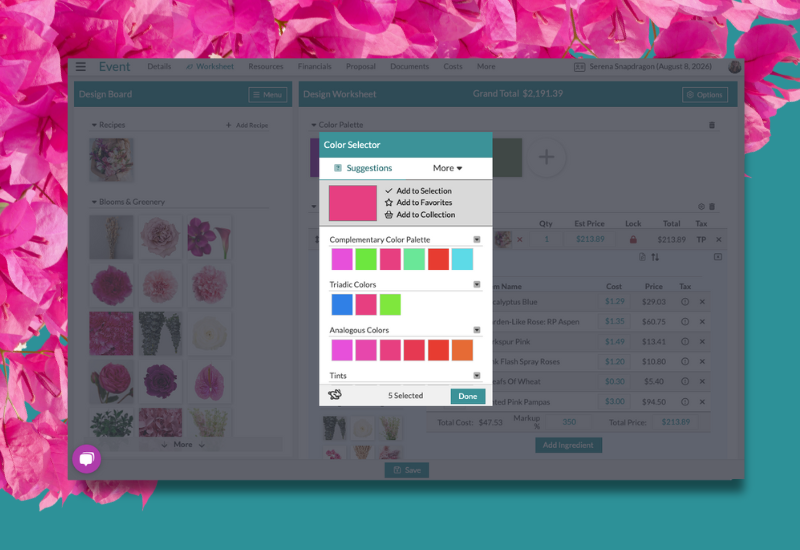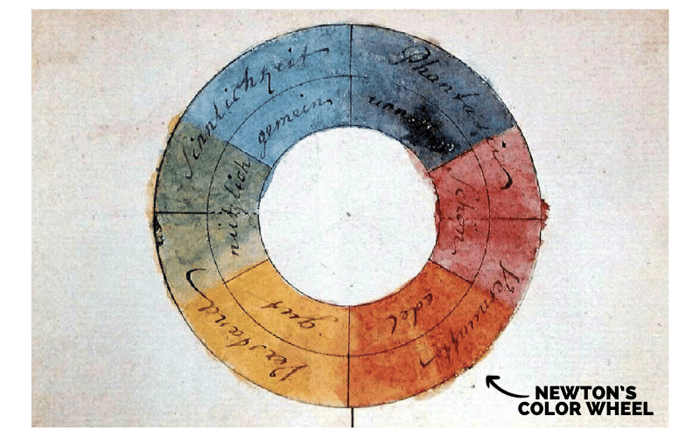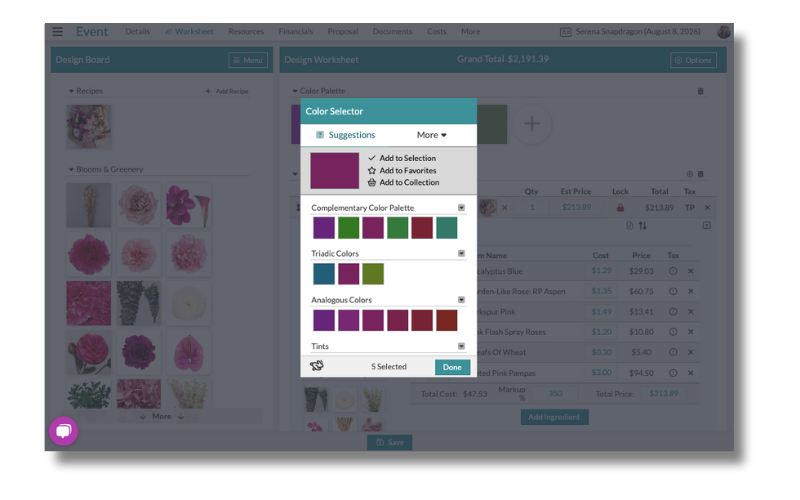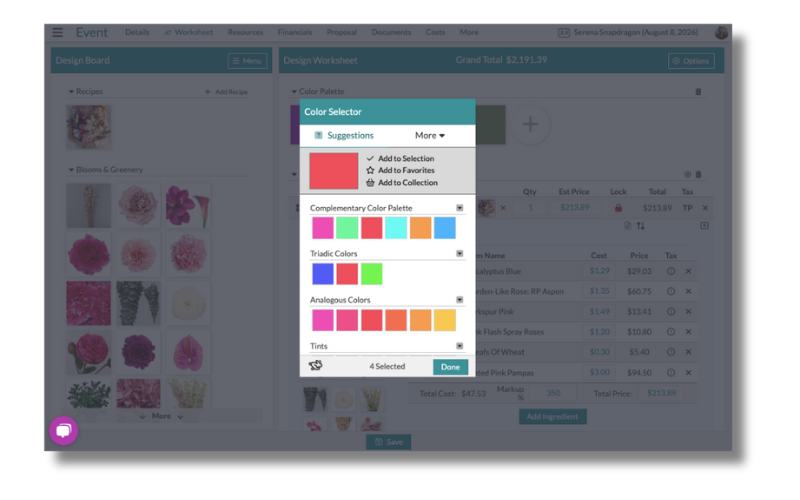
In 1665, a scientist passed white light through a prism and watched it fan out into a rainbow. In it, he identified seven colors: red, orange, yellow, green, blue, indigo, and violet. A few years later, he published the first color wheel, and with that, Isaac Newton gave birth to our modern understanding of light and color.
The very first color wheel - Image via Wikipedia
 You choose directly from an open palette, insert color codes, or select colors from chosen images. Then, we provide recommendations by applying some tried and actual formulas for identifying harmonious colors.
You choose directly from an open palette, insert color codes, or select colors from chosen images. Then, we provide recommendations by applying some tried and actual formulas for identifying harmonious colors.
Let’s geek out here and break down some of these formulas using a color wheel. We’ll start with analogous colors. This sounds complicated, but this scheme uses colors directly next to each other on the wheel.
For example, if we pick orange, the analogous colors are red and yellow. Why? Because red is on one side and yellow is on the other. Similarly, if we picked blue, the analogous colors are green and purple.


But how do we determine which colors are next to each other? With math, of course!
There are 360 degrees in a circle. The color wheel is a circle. So, we take the starting point (in degrees), and we find our analogous colors by moving 30 degrees in either direction from our starting point. We find yellow 30 degrees clockwise from orange and red 30 degrees counterclockwise.

 For triadic colors, we take our starting point, move 180 degrees around the circle (i.e., directly across), and then move 30 degrees in either direction to locate our triadic complementary colors.
For triadic colors, we take our starting point, move 180 degrees around the circle (i.e., directly across), and then move 30 degrees in either direction to locate our triadic complementary colors.
For example, the triadic complementary colors for red are blue and yellow. This is because green is 180 degrees from red, blue is 30 degrees clockwise from there, and yellow is 30 degrees counterclockwise.
And on and on and on. We could go down a deep hole here, but we'll keep it simple like with all things Details. You can use our robust color picker to accent any proposal and add that extra touch; select the ones you want and go – let us worry about the calculations!


Follow Details on Instagram!